In a recent study, researchers explore the effects of frost and freezing temperatures, a characteristic feature of montane shola-grassland ecosystems, on the native and non-native trees of these forests.
மும்பை ஐஐடி மற்றும் இந்திய ரயில்வே ஆராய்ச்சியாளர்கள், ரயில்வேயின் செயல்திறனை மேலும் அதிகரிக்க, வாரத்தின் சில நாட்களில் மட்டுமே இயக்கப்படும் ரயில்களை ஒரே குழுவாக இணைத்து, திட்டமிடலில் ஒரு புதிய மாற்றத்தைக் கொண்டுவந்துள்ளனர்
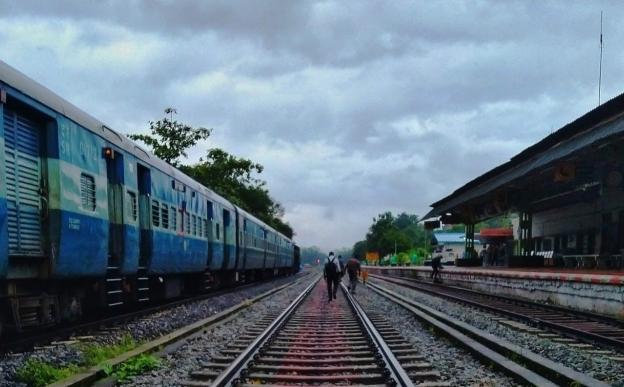
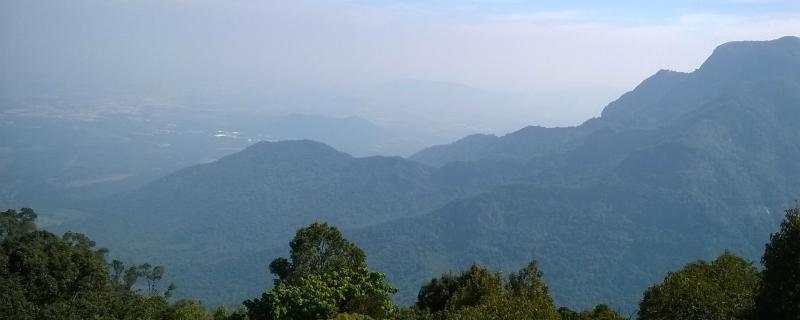
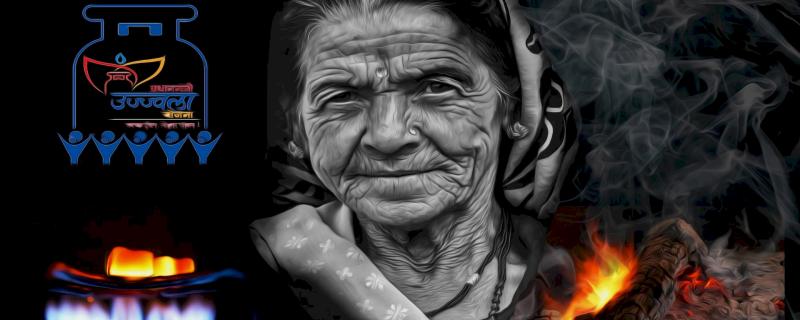

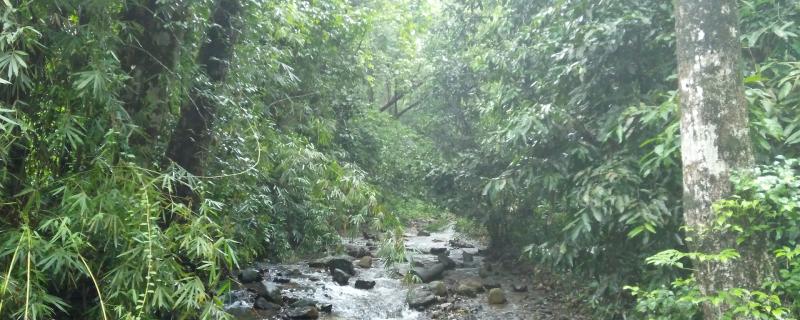
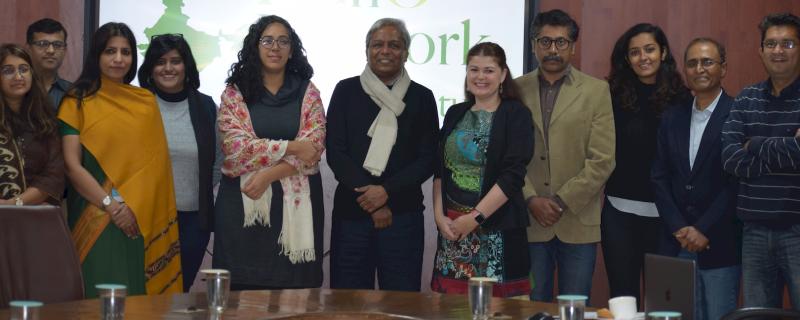
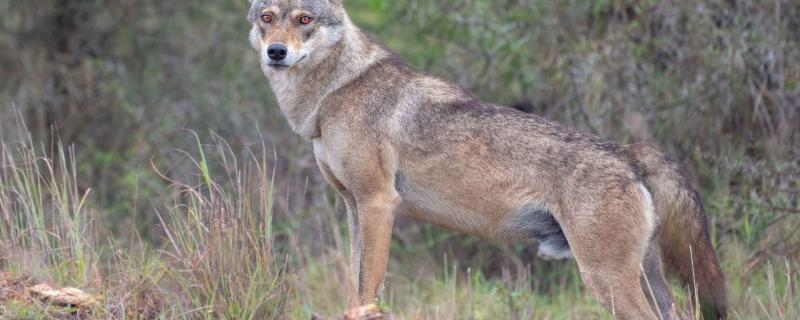


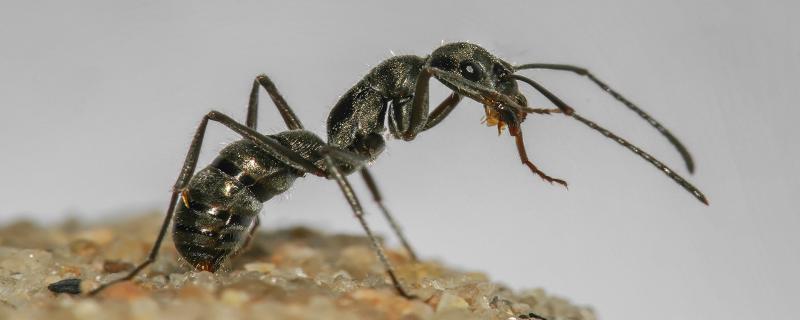
![Zebrafish (Danio rerio) Image credits [By Azul - Own work, Copyrighted free use, https://commons.wikimedia.org/w/index.php?curid=260841] Study shows zebrafish use visual cues to find food in turbid water](/sites/researchmatters/files/styles/large_front_800x320/public/zebrafish.jpg?itok=YeFxEM_0)